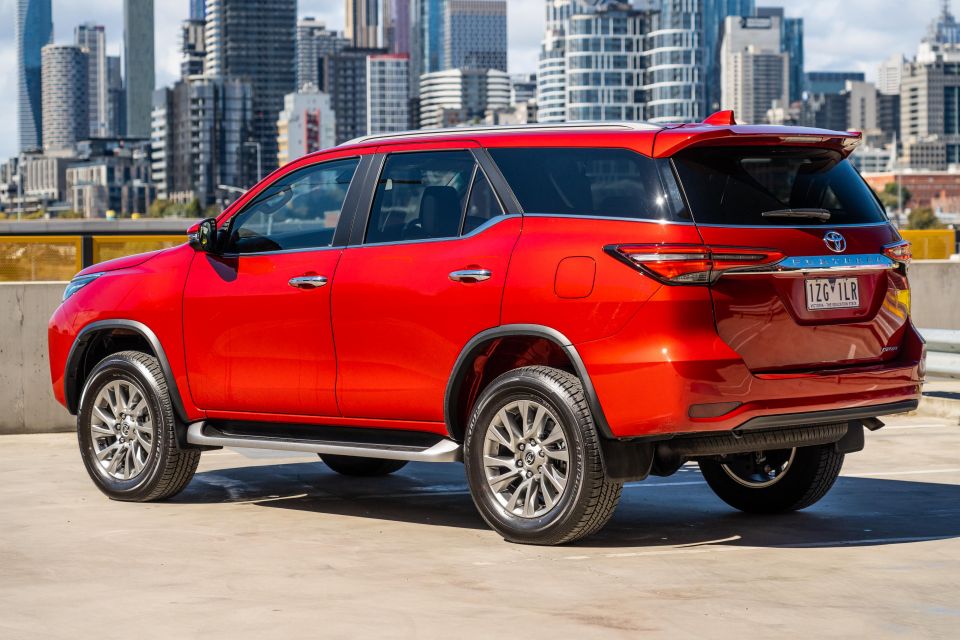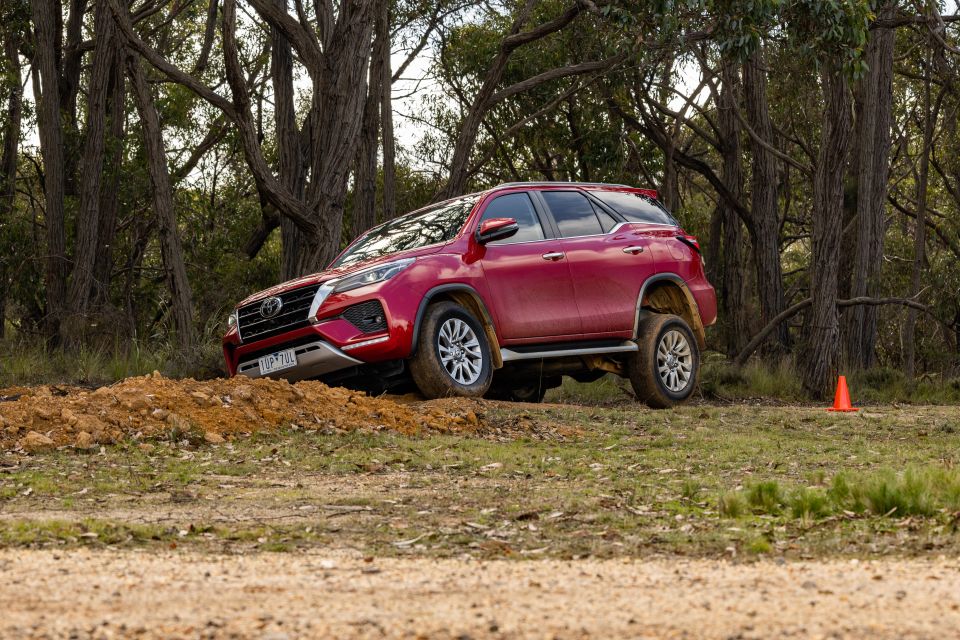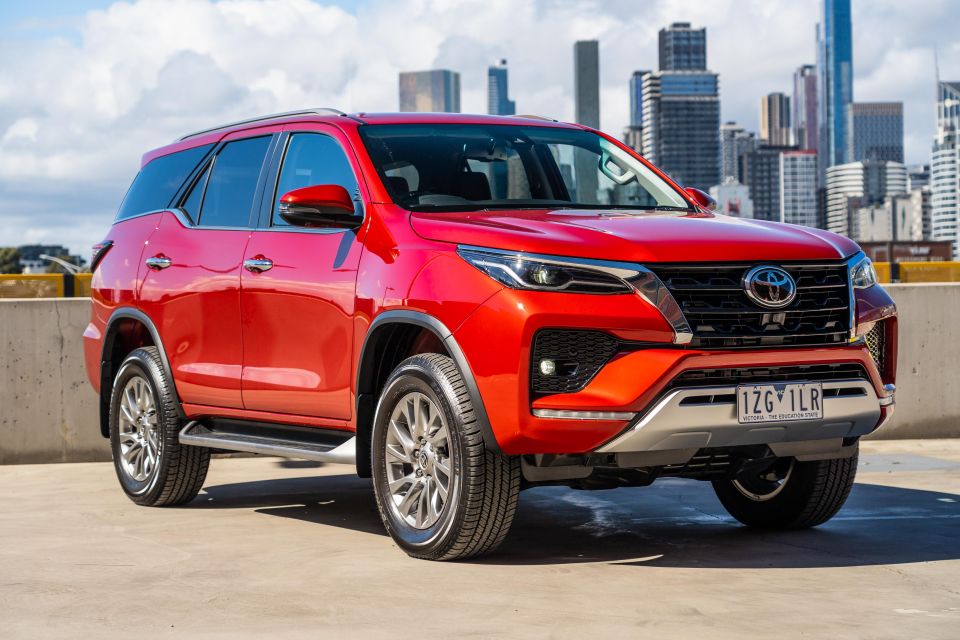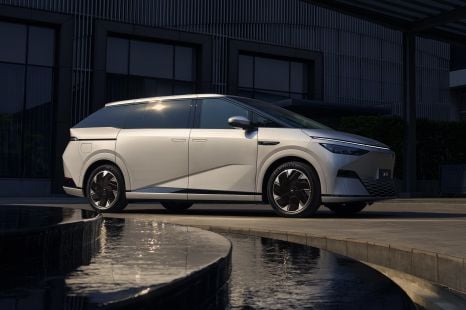

Derek Fung
Tesla Model Y: Long wheelbase model gains EU approval - report
32 Minutes Ago

Marketplace Journalist
Toyota has quietly axed its Fortuner large SUV in New Zealand, though it’s confirmed it won’t be doing the same in Australia.
Kiwi outlet Stuff reports the HiLux-based SUV was dropped from Toyota’s local website in recent months, with a spokesperson confirming it would no longer be sold amidst the electrification of the brand’s lineup.
“In our focus to provide a range of electrified powertrains and lower our emissions with a balanced product portfolio, we have decided to no longer offer Fortuner in New Zealand,” the Toyota NZ spokesperson told Stuff.
“We have now cleared out of all units and it’s not in our future production plans so has effectively been discontinued from our lineup.”
100s of new car deals are available through CarExpert right now. Get the experts on your side and score a great deal. Browse now.

It’s a different story here though, as a Toyota Australia spokesperson told CarExpert there would be no changes regarding the Fortuner for the foreseeable future.
The confirmation comes despite the SUV being one of the brand’s lowest-selling models locally. In 2023, Toyota delivered 3619 examples of the Fortuner to Australian customers, beating only the Yaris (2098), GR86 (1144) and other niche models.
It’s also proven far less popular than the Ford Everest, which notched up four times the deliveries of the Fortuner last year (15,071 examples), with the 14,139 Isuzu MU-Xs also comprehensively ahead of Toyota’s competitor.

In Toyota’s Australian large SUV lineup the Fortuner joins the Kluger, LandCruiser and LandCruiser Prado, though it shares a platform with the HiLux ute and offers a body-on-frame construction.
It’ll soon be joined by the updated LandCruiser Prado, which will offer larger dimensions and mild-hybrid technology – albeit for much more money. There aren’t any hybrid or electric options available for the Fortuner, which reportedly contributed to its demise in New Zealand.
New Zealand’s Clean Car Standard came into effect on January 1, 2023. Under the scheme, vehicle importers are charged for importing vehicles with a CO₂ emission-to-weight ratio above a set target, and receive credits for vehicles that have emissions below the set target.
This means companies can still continue to import vehicles with higher CO₂ emissions like utes and large SUVs, but they need to be offset by more environmentally friendly vehicles.

Australia will soon introduce the New Vehicle Efficiency Standard (NVES), which will go into effect on January 1, 2025, with penalties to come into effect on July 1, 2025 for cars that don’t meet the new emissions regulations.
Under the NVES, car companies have a CO2 target that will get stricter each year. If they meet or beat it, they’ll receive credits.
If they miss it, they can either trade credits with a different supplier, make it up over a set period, or pay a penalty of $100 per gram of CO₂ per kilometre over their target.
Toyota has announced it’ll move a significant portion of its Australian models to hybrid power, while it offers only one all-electric model in the form of the bZ4X. The Fortuner is one of the few models yet to receive hybrid tech, and it’s unclear how it will hold up under changing regulations.
MORE: Everything Toyota Fortuner MORE: Toyota RAV4, Corolla, Camry, Corolla Cross, Kluger go hybrid-only in Australia
Where expert car reviews meet expert car buying – CarExpert gives you trusted advice, personalised service and real savings on your next new car.
Max Davies is a CarExpert journalist with a background in regional media, with a passion for Japanese brands and motorsport.


Derek Fung
32 Minutes Ago


William Stopford
23 Hours Ago


Max Davies
24 Hours Ago


Derek Fung
1 Day Ago


Matt Campbell
1 Day Ago


Ben Zachariah
2 Days Ago